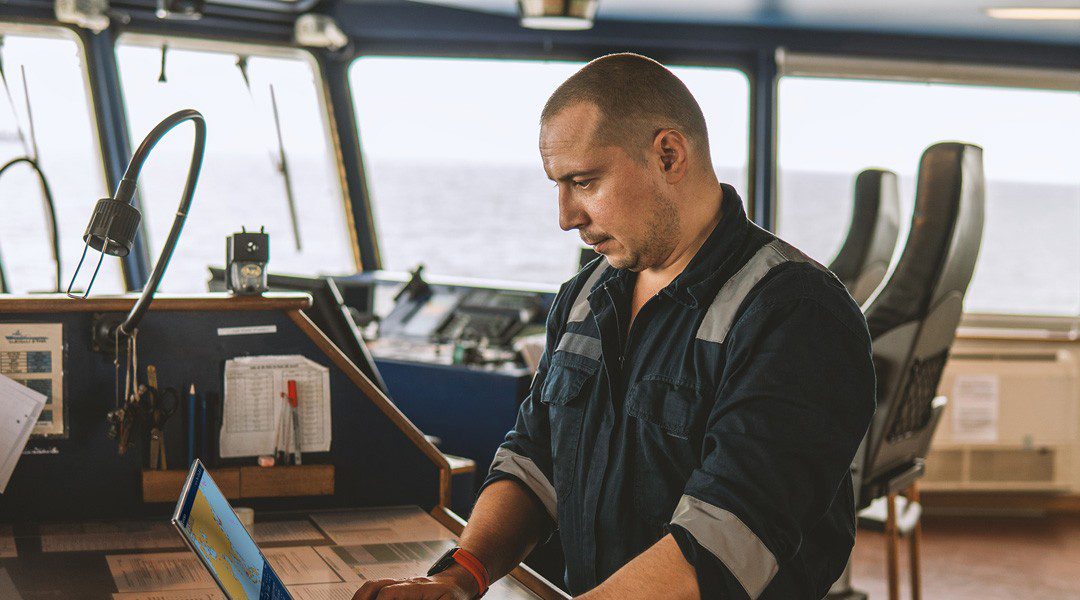Samsung Heavy Industries demonstrates its own boil-off gas recovery system for LNG carriers – Offshore Energy
South Korean shipbuilder Samsung Heavy Industries announced that it has successfully demonstrated its own Boil-off gas Recovery System (BReS), and received a Statement of Fact from the ABS classification society, according to Offshore Energy.
BReS is a system thatrecoversboil-off gasthat is naturally evaporatedin the fuel tank of LNG carriers, and a new technology that can reducefuel consumption and carbon dioxide emissionsfrom LNG carriers.
The system is based on a heat exchange technology that uses cold heatfrom LNG which is suppliedthroughan engine instead of a high-pressure compressor, and itcan reduceinvestment costs by liquefyingboil-off gas, and realize zerocarbon emissionsby re-liquefyingexcessiveboil-off gas.
SHI’s analysis shows thatwhen BReS is installed on European-Asia shipping container ships,it reduces about 30 tons of LNG fuel consumption and 60 tons of carbon dioxide emissions pership. 60 tons of carbon dioxide is equivalent to thelevel of emissions generated when 500 cars travel between Seoul and Busan.
SHI has completed 15 demonstrations so far, including BReS, using LNGpilot testfacilities completed in May 2021.
The majority of Samsung’s orderbook for this year is driven by LNG carriers, with a total of 36 contracts secured this year, or 73 percent of its total orders. At the same time, this is the largest yearly intake of LNG vessel orders for the yard. Demand for LNG carriers has enabled SHI to surpass its yearly target of $8,8 billion, currently standing at $9.4 billion.
South Korean shipbuilder Samsung Heavy Industries announced that it has successfully demonstrated its own Boil-off gas Recovery System (BReS), and received a Statement of Fact from the ABS classification society, according to Offshore Energy.
BReS is a system thatrecoversboil-off gasthat is naturally evaporatedin the fuel tank of LNG carriers, and a new technology that can reducefuel consumption and carbon dioxide emissionsfrom LNG carriers.
The system is based on a heat exchange technology that uses cold heatfrom LNG which is suppliedthroughan engine instead of a high-pressure compressor, and itcan reduceinvestment costs by liquefyingboil-off gas, and realize zerocarbon emissionsby re-liquefyingexcessiveboil-off gas.
SHI’s analysis shows thatwhen BReS is installed on European-Asia shipping container ships,it reduces about 30 tons of LNG fuel consumption and 60 tons of carbon dioxide emissions pership. 60 tons of carbon dioxide is equivalent to thelevel of emissions generated when 500 cars travel between Seoul and Busan.
SHI has completed 15 demonstrations so far, including BReS, using LNGpilot testfacilities completed in May 2021.
The majority of Samsung’s orderbook for this year is driven by LNG carriers, with a total of 36 contracts secured this year, or 73 percent of its total orders. At the same time, this is the largest yearly intake of LNG vessel orders for the yard. Demand for LNG carriers has enabled SHI to surpass its yearly target of $8,8 billion, currently standing at $9.4 billion.





